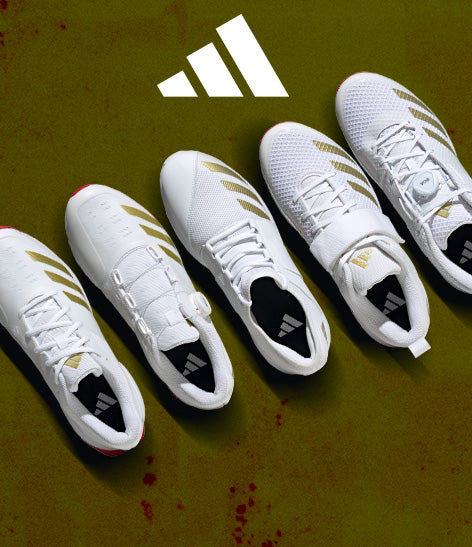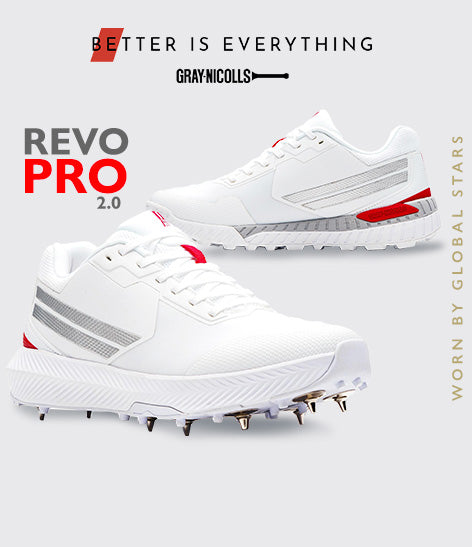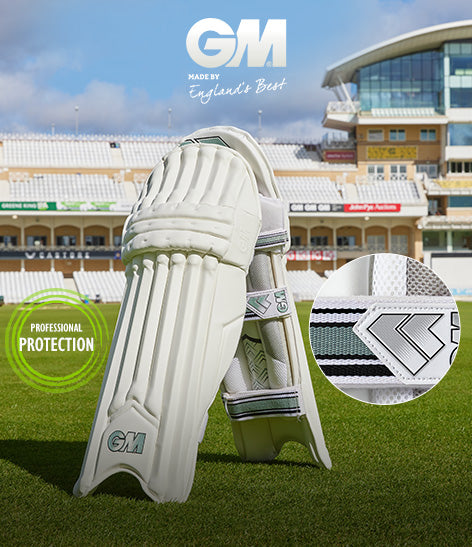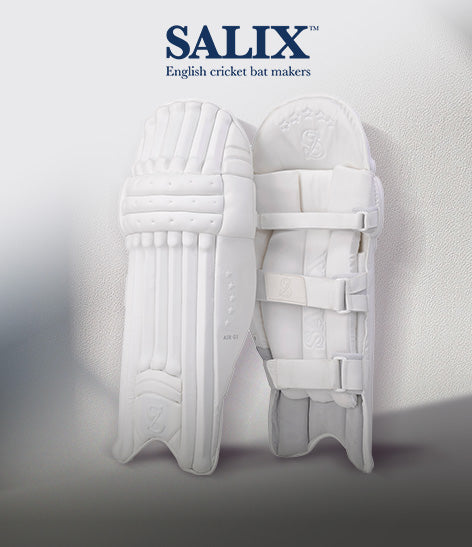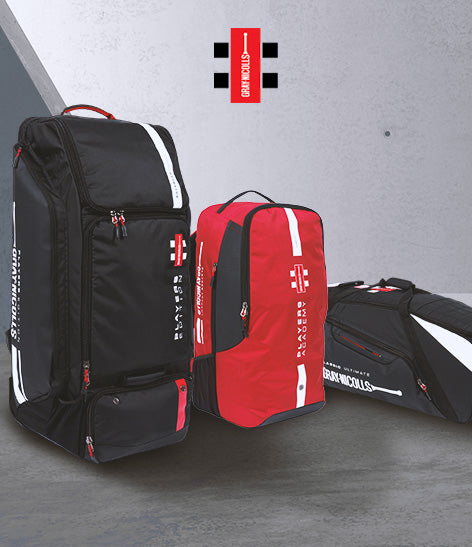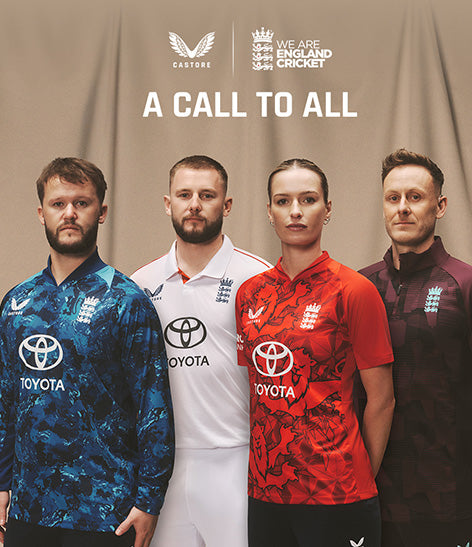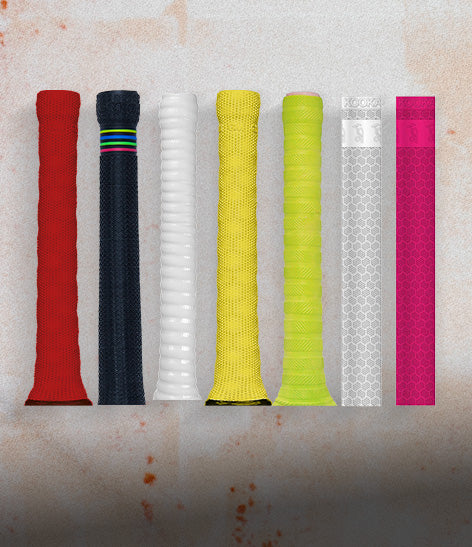
If you are new to the game or a cricketer who just wants to learn more about bats in general, then we hope you enioy our guide below. Please note that our hints and tops are guidelines and that both Willow and can naturally grown materials meaning no two bats will ever be the same
The willow used in making a cricket bat, The MCC do have a grading system which relates to the materials used in construction under law 5.8. This grading system is for conformity to the laws of the game and at which standard the bat can be used and are outlined below.
5.8 Categories of bat
5.8.1 Types A, BandC are bats conforming to 5.1 to 5.7 inclusive.
5.8.2 Type A bats may be used at any level of cricket.
5.8.3 The specifications for Type D bats are described in Appendix B.7 and are for use by junior players in junior cricket only.
5.8.4 Bats of Type B, Type C, Type D and any other bats may be used only at or below levels determined by the Governing Body for cricket in the country concerned.
5.8.5 Bats that do not qualify for any of the four categories A to D are not recognised in the Laws (MCC Laws of Cricket, 2017)
It is important to understand that Cricket bats are graded by their manufacturers using aesthetic qualities which strongly indicate the bats potential performance. This knowledge gained over centuries of bat making & working with professional players. That said you will never truly know how good a bat will be until it 1s fully knocked and played in.
So what types of willow are bats manufactured from and do they vary in quality ?
ENGLISH WILLOW

Used for centuries and still the most common wood used in bat making, English willow is the creme de la creme for a cricket bat. It is what the professionals use and there is absolutely no reason why you shouldn't be reaping the rewards of a high quality, English willow cricket bat regardless of your budget!
Each type of willow is graded with grade 1 predictably being the finest. For instance, the Gunn & Moore Chroma L.E is a limited edition bat exclusively available in the very best grade 1 English willow making up S% of willow available on the market, is exceptionally rare and as such more valuable. The Gunn & Moore Chroma 808 on the other hand is the same profile however made using grade 2 English willow which is more common and are therefore a lower cost. Manufacturers will use Grade 1 willow in most of their bats however, using aesthetic qualities, they can further separate the Grade willow clefts available into a variety of prices. A bat maker will look at how straight, the clarity, number and spacing of grams both on the front and back of the bat known as the grain structure.They will also look the colour of the wood, blemishes in the hitting area and how dense or heavy the cleft is when considering their final Grading. Put simply the clearer. straighter & more numerous the grains are, with fewer blemishes on a bat,!he higher the grade will be. Please remember that grading is solely at the discretion of the manufacturers, as they are the true experts!
KASHMIR WILLOW

English willow-style cricket bats can also be nurtured abroad, but due to inferior moisture levels and soil conditions for producing willow clefts, they are not as highly sought after as genuine English willow.
Kashmir willow is grown in the Kashmir region of Pakistan and India. It is therefore a very cost-effective material for bat manufacturers in those nations. The bats are often drier, harder and browner than English willow equivalents, which therefore impacts on durability. Kashmir Willow bats are not as resilient as English willow bats and do not have as good a sweet spot. Thus, Kashmir willow tends to be used in the production of low-cost junior bats and low-end adult cricket bats. These types of cricket bat are not for the serious cricketer but perfectly respectable for the casual cricketer or novice.
The handle is made from Sarawak cane and laminated with rubber strips. The handles are then glued and bound with twine, of various compositions, alter being inserted into tho blade of the bat. Although some manufacturers have tried other materials however these are no longer permitted by the MCC laws of cricket.


